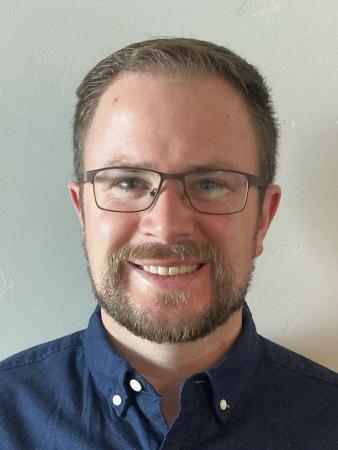
Tyler Abrams
Tyler Abrams
General Atomics
Wednesday, April 7, 2021
2:00pm
Virtual
Abstract: The structural and functional materials used in today's short-pulse, low-fluence plasma confinement experiments, including ITER, generally do not extrapolate well to fusion power plants with a high duty cycle, implying that significant improvements over conventional nuclear materials are needed. This talk discusses two broad classes of prospective fusion materials that may provide substantial advantages over conventional nuclear-grade components: (i) advanced tungsten alloys and (ii) ultra-high-temperature ceramics, with a particular focus on silicon carbide (SiC). Fabrication methods, structure-property relationships, and irradiation damage characteristics are reviewed, including the major synergies of these materials with high temperature operation (~1000 oC and above). Recent activities led by General Atomics and collaborating institutions to evaluate prototypical advanced materials under high heat and plasma fluxes at the DIII-D National Fusion Facility and the PISCES linear plasma device are also discussed. Key near-term and medium-term research needs are identified, including mitigation of T retention due to diffusion and co-deposition, enhanced densification to improve thermal conductivity, advanced joining methods, and development of irradiation damage databases.
Bio: Tyler W. Abrams is a Research Scientist at General Atomics and leader of the Advanced Materials Evaluation area at the DIII-D National Fusion Facility. His current research focuses on high-Z plasma-materials interactions and scrape-off-layer impurity transport on DIII-D, with a particular focus on edge-localized mode (ELM) effects. His paper "The inter-ELM tungsten erosion profile in DIII-D H-mode discharges and benchmarking with ERO+OEDGE modeling" was recently nominated for a 2020 Nuclear Fusion award. His research interests also include advanced fusion materials for next-step devices, such as high-temperature ceramics and novel tungsten alloys. He earned his Ph.D. in Plasma Physics from Princeton University in 2015, where he studied the erosion and re-deposition of lithium and boron coatings on the Magnum-PSI linear plasma device. Before this he received his B.S. in Physics from MIT in 2009, where he worked on x-ray spectroscopy for Alcator C-Mod.